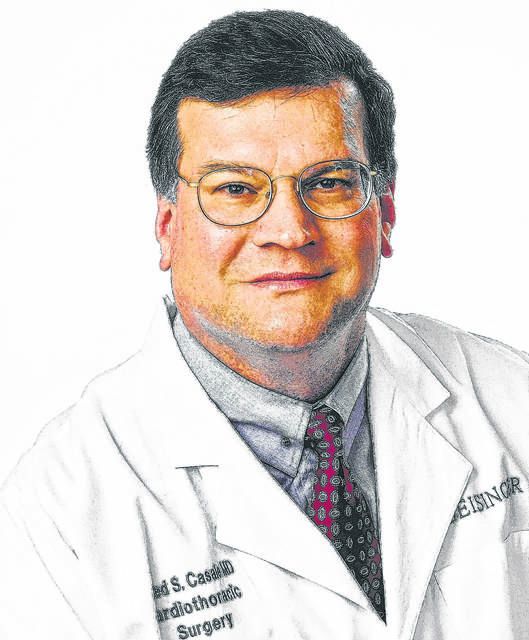Click here to subscribe today or Login.
Even as Pennsylvania counties have reopened for business, COVID-19 cases are still being reported, and there are still emerging hot spots across the country. This is certainly a time of continued uncertainty, and it’s no time to let our guards down.
There’s no doubt the COVID-19 pandemic has caused many disruptions to our lives, including those of our children. Parents may be wondering how to continue protecting our fearless youngsters as the crisis evolves and everyday life looks a lot different for a lot longer.
My advice for parents comes from a phrase we as healthcare workers and other essentials workers heard often over the last few months. Now, it’s time to pass along some sage advice to our kids: They can be a superhero, too.
My two little granddaughters have adapted remarkably well to masks since my daughter Kate introduced it as the way they, in their already favorite superhero capes and garb, could fight “The SILLY SICKNESS” by scaring away the virus with their masks.
Parents can help children feel confident and in control by giving kids the most effective and scientifically coolest weapons: masks and vaccines. Both wield power to protect their grandparents, infant siblings and others with weakened immune systems.
The conversation starts with something unsaid: modeled behavior. Just like their parents, children may feel anxious about wearing a mask in public or to their doctor’s appointment. Children may be more at ease if they see their parents wearing a mask comfortably and understand the goals are safety and social responsibility. While at home, parents should also teach them how to put masks on and take them off.
Here are some other tips to help talk to children about the importance of masking, offered by the American Academy of Pediatrics:
Look in a mirror while wearing masks, and talk about how they keep everyone safe. For children over age 3, try focusing on germs. The masks help keep your own germs to yourself and protect you from bad germs.
Decorate a mask with a superhero theme.
Show your child pictures of other superhero children wearing masks.
When heading to the pediatrician’s office, it’s important to prepare your child for what they might see: it’s going to look a little different, and they’ll have to wear a mask themselves. There likely won’t be books or toys in the waiting area, and chairs will be spaced apart. The care team may be wearing face shields and masks — “space gear,” of course.
While at the pediatrician’s office, children may get a dose of superpower through a vaccination. It’s very important that parents keep these schedules on track because immunizations help protect us from outbreaks of childhood diseases such as measles, whooping cough, and polio. Some concerning data from the Centers for Disease Control and Prevention indicates the total number of non-flu vaccines fell by 21.5% in the first four months of 2020, among children 18 and younger. (Like we need any more diseases to worry about!)
Now is a good time to check with your child’s healthcare provider for an appointment to get needed vaccinations. For children born in the United States over the past 20 years, vaccines will prevent 322 million illnesses, 21 million hospitalizations and about 740,000 deaths, according to the CDC.
Many medical practices have adjusted their hours and have been conducting thorough, routine cleanings for safe visits. It’s helpful to remind your child that their favorite doctor or nurse is still under all those fun protective layers — and they’ll still get a coveted sticker when leaving.
If Evie and Rowan have their way, “That mean virus” will eventually be vanquished by an army of kids AND adults doing the right thing to protect their communities by “masking up.”
Dr. Alfred Casale, a cardiothoracic surgeon, is chief medical officer for surgical services for Geisinger and chair of the Geisinger Heart Institute. Readers may write to him via [email protected]. For information on alternative treatment for atrial fibrillation, visit https://geisinger.cc/2wLkTJz





